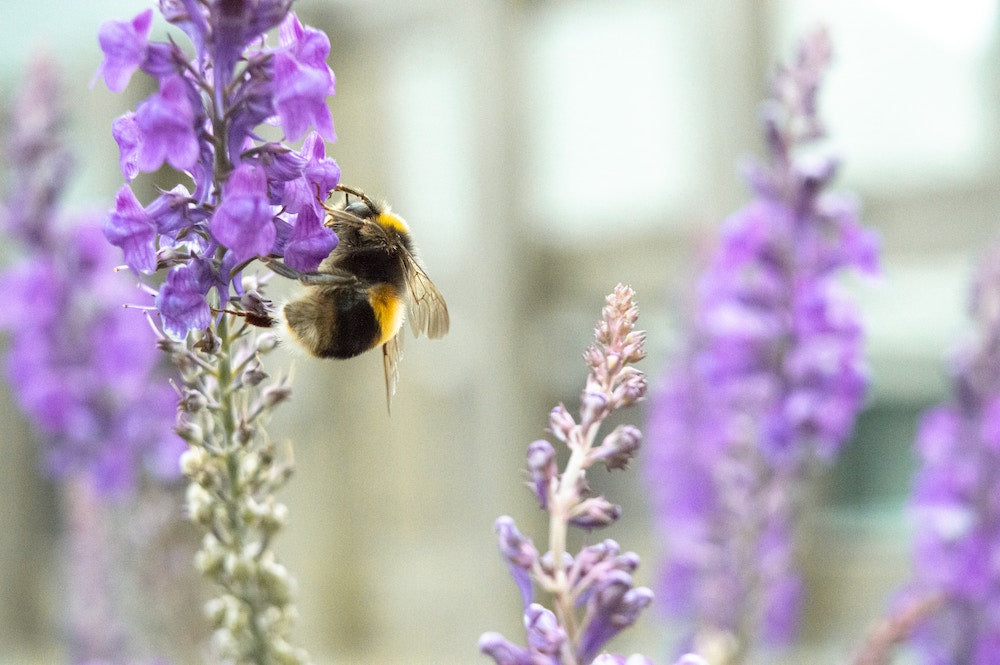Understanding Top, Middle, and Bottom Fragrance Notes.

Candles have been used for centuries to create a warm and inviting atmosphere in homes, but they do more than just provide illumination. They can also fill a room with delightful scents that can evoke memories, set a mood, and even calm the mind. Understanding how candle fragrances work can enhance your sensory experience and help you choose the perfect candle for any occasion. In the world of fragrance, candles are often crafted with a complex blend of scents, and these are typically categorized into three distinct notes: top, middle, and bottom.
Top Notes: The First Impression
Think of top notes as the first impression you get when you open a candle and take a whiff. These notes are the initial scents that hit your nose, and they are usually light, fresh, and vibrant. Top notes are responsible for the immediate appeal of a candle and can often determine whether you're drawn to the scent or not.
Common top note scents for candles include citrusy fragrances like lemon, orange, or bergamot. Floral notes such as lavender and jasmine can also be found in top notes, along with herbal scents like mint or eucalyptus. These top notes provide an uplifting and invigorating experience when you first light your candle, making them perfect for setting a bright and cheerful ambiance.
Middle Notes: The Heart of the Fragrance
The middle notes, also known as the heart notes, are the core of a candle's fragrance. They develop after the top notes dissipate, typically within 15-60 minutes of burning. These notes are often more complex and rich, offering a well-rounded scent profile that is essential for creating a unique and long-lasting olfactory experience.
Common middle note scents include florals like rose, geranium, and ylang-ylang. Fruity notes like apple or pear, and spices such as cinnamon or nutmeg are also found in this category. Middle notes serve as the backbone of the fragrance, providing depth and character to the overall scent. They create a harmonious blend with the top and bottom notes, ensuring that your candle's aroma remains captivating as it burns.
Bottom Notes: The Lasting Impression
As the name suggests, bottom notes are the final part of a candle's fragrance journey. These notes emerge after the candle has been burning for some time and can linger in the room even after you've extinguished the flame. Bottom notes are usually rich, warm, and grounding, providing a lasting impression that defines the overall experience.
Common bottom note scents include vanilla, sandalwood, cedarwood, and patchouli. These notes contribute to the overall depth and longevity of the fragrance, creating a sense of comfort and nostalgia. The combination of top, middle, and bottom notes is what makes a candle's scent memorable and unique.
When selecting a candle, it's important to consider the balance between these three fragrance notes to ensure it matches your mood and the ambiance you want to create. Whether you're looking for a fresh and uplifting scent, a complex and sophisticated aroma, or a cozy and comforting fragrance, understanding top, middle, and bottom notes will help you make the perfect choice.
The world of candle fragrances is a delightful and intricate realm that plays a significant role in shaping our sensory experiences. The combination of top, middle, and bottom notes in candles offers a multi-dimensional olfactory journey that can transport you to different places and evoke various emotions. So, the next time you light a candle, take a moment to appreciate the artistry of its fragrance and how it can transform your space into a haven of scents and memories.




